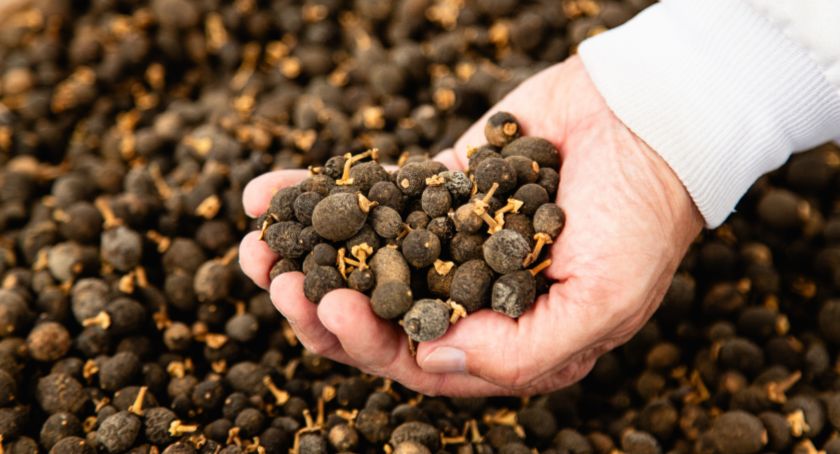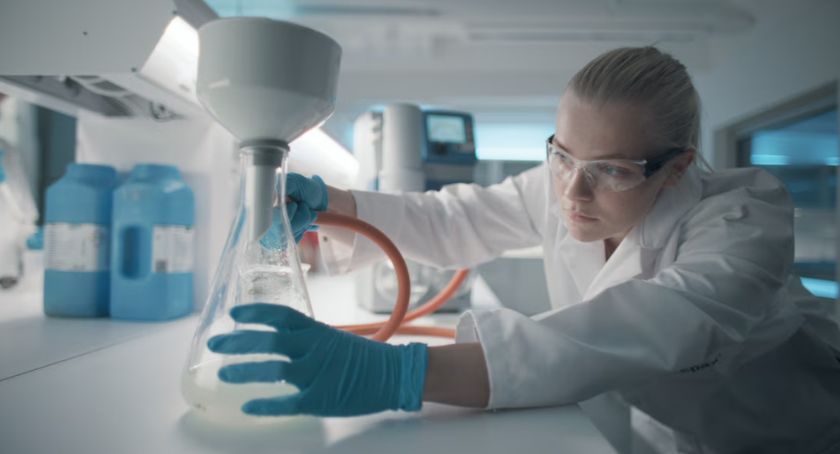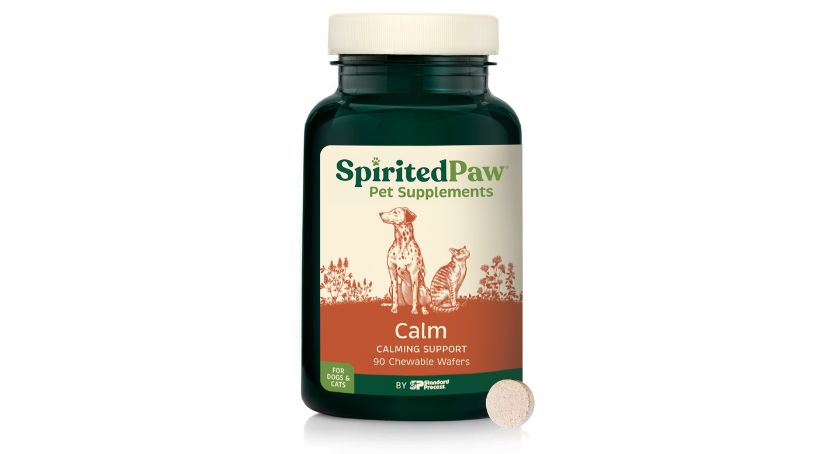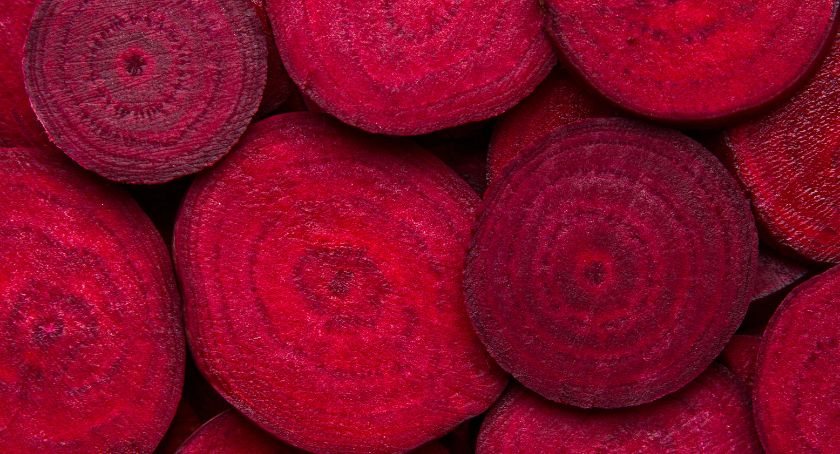Features
The Evolution of Sustainable Sourcing Commitments: A Changing of the Guard or a Natural Progression
A commitment to sustainable sourcing is becoming essential for global players as the spotlight on supply chains intensifies.
By: Alan Rownan

Upheaval may be too strong a term, adjustment too weak. Regardless of how one categorizes the recent strategic changes geared toward meeting sustainability deadlines from some of the world’s major food and beverage players, one thing can be universally agreed upon—we’ve entered an unprecedented period of flux, brought on by ambitious corporate social responsibility (CSR) goal-setting, an increasingly essential ingredient for instilling confidence with consumers.
More established sustainability initiatives such as Fair Trade showed a relative stable performance over 2015 and 2016 in packaged food, hovering at just under $3.8 billion in retail value sales across both years. Rainforest Alliance exhibited a slightly more positive reflection than that of Fair Trade, showing $5.8 billion in value sales in 2016, the majority of this concentrated across North America and Western Europe, both regions collectively accounting for $5.2 billion in value sales.
UTZ certified within packaged food fell between Rainforest Alliance and Fair Trade, accounting for $5 billion in 2016. While these value sales sound promising, and to some degree are, when contextualized as part of the broader picture, just 3.2% of packaged food sales in Western Europe had any sustainably sourced claim, significantly higher than the 1% seen in North America. Of course, packaged food doesn’t tell the certification story in its entirety. Within hot drinks, the prominence of sustainability claims looks quite a bit better. Almost a quarter of all hot drinks value sales in 2016 in Western Europe had a sustainability claim. In North America this was significantly lower, with just 10%, but a significant segment of the market nonetheless.
For consumers in key markets in Western Europe and North America, there is a degree of knowledge around what sustainability claims represent. This is, to an extent, a gift and a curse. Over previous decades NGOs, governments, advocacy groups and others have worked tirelessly to ensure that stakeholder rights (the environment in this case viewed as a key stakeholder) be solidified within the zeitgeist as an essential component of the food and beverage industry. Now that this has to some degree been achieved, now that consumers have a level of familiarity with initiatives, the door has been opened to sustainability exploration and the development of customizable sustainability standards that are malleable to the individual needs of companies. The best-case scenario means a reimagining of what can be achieved and a drive to reach this gold standard; the worst-case scenario means a dilution of standards.
Why is There a Need for Change?
Take Mondelez for example, and the company’s announcement in late 2015 detailing its planned expansion of Cocoa Life, which sparked uncertainty in the market as the company opted to shift away from Fair Trade and other traditional standards.
For Mondelez, the move was interpreted by many as a backwards step from the outset, but on further examination the announcement came bundled with a renewed commitment to responsible sourcing under the Cocoa Life banner, which will also continue to be monitored by Fair Trade, albeit in a consultancy capacity.
More flexible, customizable alternatives will, according to Mondelez, allow the company to bring five times more sustainable chocolate to the U.K. by 2020. This will be monitored by Fair Trade with the organization being officially recognized on the back of product packaging, rather than the more traditional and established Fair Trade mark prominently pasted on the front of the packaging.
This could potentially be a sign of things to come. Take the best practices and learnings historically, and use this knowledge to build something new—something less rigid—but that still drives positive change within industry. There is an inherent risk with this approach, however, and this is the move away from that which is familiar. Can a self-assessment company’s sustainability standard compete with a long-established third-party standard in terms of recognition? Perhaps not right now, yet the goal might be to drive new approaches as indicative of a shared path, piggybacking on the long-time efforts of third-party sustainability initiatives.
Reaching 100% & Lack of Specificity
Boasting a commitment to 100% sustainable sourcing in the form of goals is fast becoming essential for global players that find the spotlight on supply chains ever intensifying. Many of the goals being made lack specificity, which is ultimately worrying for the Fair Trades, Rainforest Alliances and UTZs of the world. No longer are they the only players in town for the ethically-minded consumer.
In many cases, a commitment to a certifier is only made retroactively as “progress to date” claims, with the exception being palm oil. The Roundtable on Sustainable Palm Oil remains one of the few certification bodies enjoying a relative monopoly on sustainable sourcing of the commodity. Progress to date of cocoa certified by Fair Trade, Rainforest Alliance, or UTZ is not a guarantee of future commitments and the vagueness of commitments is a worry for certifiers, and leeway for self-assessment schemes.
With relatively few global commitments specifying an exact route to sustainability, the road ahead looks ominous as Fair Trade works to adapt to what is a changing global dynamic in which transparency and accountability have become critical to core business operations. The combination of a lack of a solidified definition of sustainable, coupled with ambitious goals to become 100% sustainable, has created an environment whereby creative thinking is crucial. For many global players, reaching 90% sustainable is possible, but a lack of supply chain oversight makes it extremely difficult to confidently say the invisible 10% is living up to the same standards. To reach 100% as laid out in ambitious CSR reports, re-thinking strategy remains key.
Adapting to the New Arena
The flip side of this coin is that for major schemes to survive, they must adapt. While some industry voices might be critical and question the tangible impact these initiatives have on farmers on the ground, for consumers they remain the gold standard in terms of being the most recognizable stamp of an ethical supply chain in operation today. These prominent claims must differentiate from encroaching alternatives that are finding success in leading markets.
The concept of sourcing responsibly is essentially open-source information to competitors and represents a threat to the success of traditional initiatives. In this respect, Fair Trade, Rainforest Alliance, and UTZ have a common goal, which is to ensure that sustainable and ethical sourcing claims are not diluted by this alternative saturation.
In January 2014, Fair Trade introduced the sourcing program. Running in parallel with the existing Fair Trade mark, the Fair Trade sourcing program offered a more malleable method of sustainably-sourced ingredients, allowing manufacturers to source specific ingredients as Fair Trade-certified and still benefit from a less prominent claim. Previous to 2014, it would have been necessary to have all ingredients in a product that can be certified. This comes on the back of the realization that companies must be given the opportunity to stagger their goals on the path to 100% sustainable and responsible sourcing. Otherwise they risk further proliferation of sustainability pledges that lack a commitment to a specific certifier, marking a missed opportunity for traditional standards.
Where to Go from Here?
Traditional standards enjoyed a monopoly on terms such as “fair,” “sustainable” and “equitable” in the global supply chain lexicon. This is likely to change, and there will continue to be a shift toward more appetizing alternatives that abide by these aforementioned pillars and principles. As retailers and manufacturers continue to investigate alternate methods of meeting their goals, there remains a perpetual danger of diluting the quality of a sustainability strategy to achieve a quick win. Consumers value trust and abhor being misled for the sake of profit. Before opting for an alternative, adequately assessing potential consumer reaction is critical.
Alternative sourcing initiatives for consumers will highlight exactly how much of a premium can be levied on goods that will not have a negative impact on volume sales. While there are numerous proxies that can act as indicators of how much extra consumers are willing to spend, many of these fall short in showing the full demand for sustainable alternatives across different food and beverage categories.
There are essentially two platforms from which to view what is happening in the industry. The first means looking at the possibility that readjusting strategy can have a positive affect. CSR has become competitive. Companies want to keep up, if not surpass competitors in the race toward 100% sustainable. The negative perspective however, is that food and beverage companies will do well to ensure that acceleration doesn’t become commensurable with dilution of quality. Whether it is in a consultancy role or as a direct brand certifier, Fair Trade, Rainforest Alliance, UTZ certified and others will play a key role within this global conversation.
Euromonitor International is a leading provider of global business intelligence and strategic market analysis. The company has over 40 years of experience publishing international market reports, reference books and online databases on consumer markets. For insight, contact Alan Rownan at alan.rownan@euromonitor.com.




















